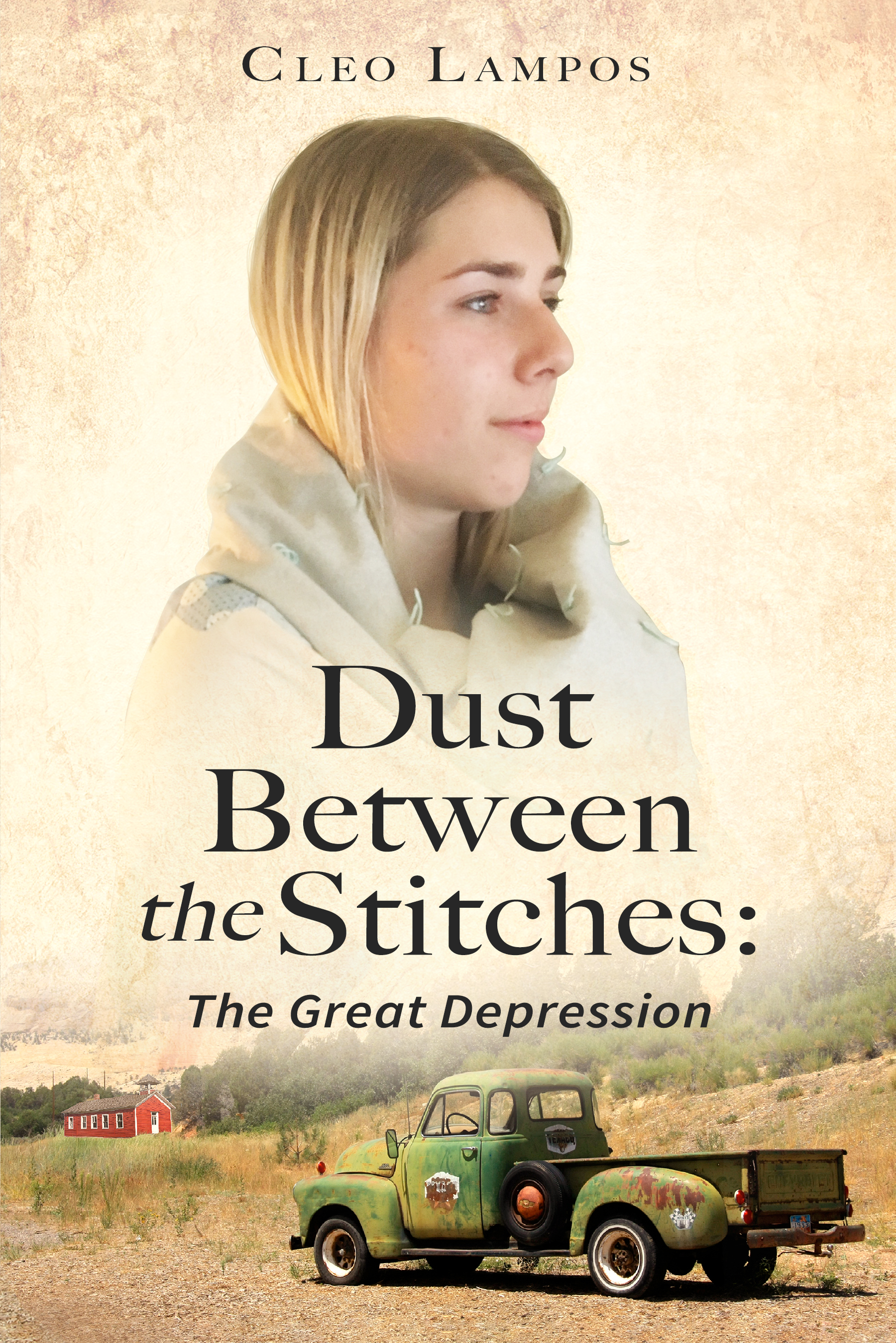“We who have seen war never stop seeing it.”
-Clara Barton, Founder of American Red Cross
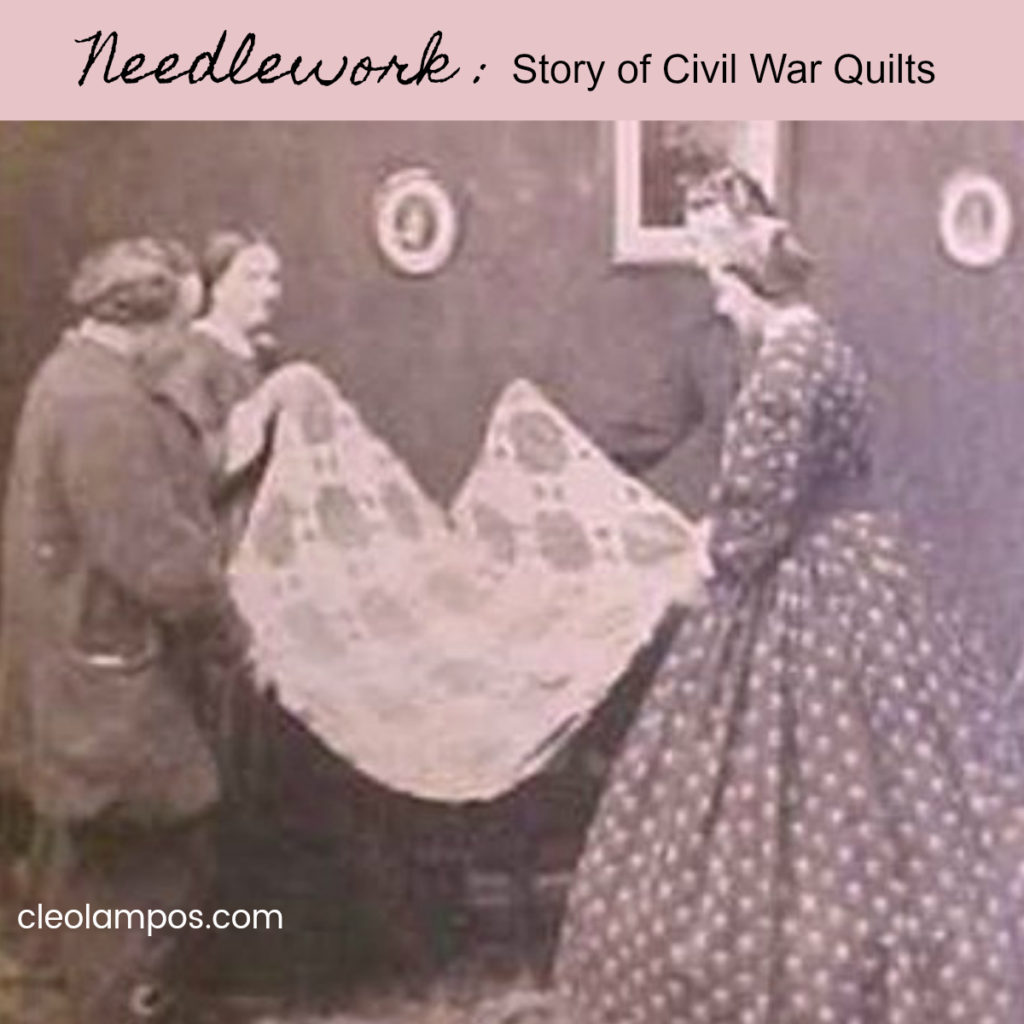
1861. They armed themselves with needles as the fabric of their nation was torn apart.
Women of the North and the South knew that cultural norms and laws kept them from joining the armies, so support for their men hinged on the use of needles. Because the government did not supply its troops, the families needed to equip the soldiers. After the Civil war began, thousands of women invested their unpaid labor into the task of creating networks to gather and distribute supplies to the men who they loved.
They needed to provide nutritious food, socks, undergarments, socks, shirts, bandages, and quilts. Women throughout the country gathered their needles and prepared for action.
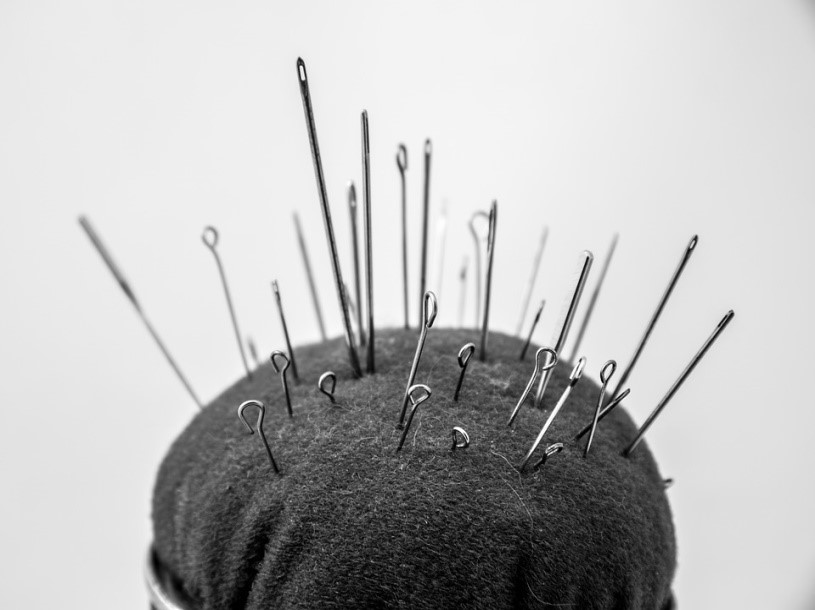
By raiding the cupboards of their homes for handmade quilts and woven coverlets, the women sent their sons and husbands off to fight a war that no one wanted. With the constant wear and tear on the quilt’s fabrics, the soldiers soon needed replacement comforters. Quilts that kept them warm at night with running stitches along the edges to hold the binding strip. Patches of familiar materials that held an embroidered note of love or support. More than physical comfort, the tattered and frayed coverings caressed the combatants with the emotional and spiritual messages penned with needle and thread. Carefully chosen words that reminded the soldier of a Bible text in the midst of the long, lonely nights with men moaning in pain all around. A quilt with several jokes, riddles or puns sewn in to provide a light moment before the cannons roared again. Cocooned in the homespun warmth, the soldiers breathed in the scent of their family. That supplied the solace needed while they served a long way from home and in harm’s way.
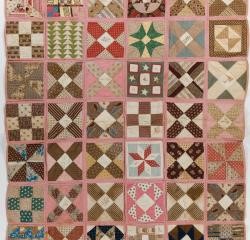
Civil War Quilt made by The Ladies of the Fort Hill Sewing Circle in 1864- From the Sanitary Commission Quilt Album
The Northern women who had hunkered together to quilt in church and abolitionist groups in prewar times changed the focus of their needles to helping soldiers. In true quilting bee mode, they produced linens for the war effort while following military standards. Cot sized quilts of seven feet by four feet. Gathering available scraps of materials, patchwork quilts stitched in varying methods kept needles flying as fast as the lastest news passed around the room. By taking two existing bed quilts, experienced seamstresses created three cot quilts. By the end of the war, over 250,000 quilts had been sewn for Union soldiers.
Not content with creating functional quilts only, the Northern women pooled their creative talents to produce elaborate quilts which were auctioned off in craft bazaars. Their quilts were often sewn from fine fabrics like silk in Album or Flag designs. The proceeds from the fairs brought in money to purchase needed supplies for the North.
Needles were pressing through fabric in the South, also. Beautiful Gunboat Quilts were created in a medallion style floral arrangement cut from printed fabric. The method, broderie perse, requires fine sewing skills. The women raised money for ironclad gunboats at the beginning of the war, then switched to medical supplies as the war stayed on land. The Southern women, not used to sewing, had to learn the skill. The women discovered that the repetitive nature of stitching helped them to concentrate on creation rather than destruction. The quietness of the task gave a mindful place to consider the overwhelming complexities facing them. As fabric in the South became scarce, homespun materials, old mattresses, and carpets were cut up to provide material for comforters. Despite the obstacles, the needles stitched love into the final product.
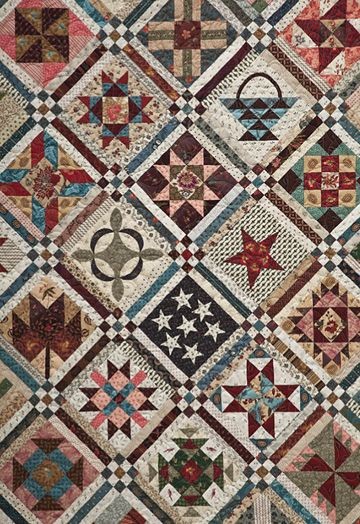
Civil War Quilt sewn to military specifications. Civilwarquilts.blogspot
On the battlefield, one woman, Clara Barton, brought nurses to tend to the injured and dying. Clara Barton, the “Angel of the Battlefield”, distributed supplies to these battered, broken soldiers. Undoubtedly, she handed out clean quilts in trade for the thread bare, stained ones that had been used for camping in the fields or as saddle blankets. As Clara Barton made her rounds in the field hospitals, the wounded soldiers clung to the comforters that held their memories of home, binding their will to persevere and heal. Some men hung their patchwork creations on the hospital walls as art. When death stalked the wards, Clara Barton wrapped the scruffy quilts around lifeless soldiers as the army buried those lost in battle. A final hug from home.
The needles of both North and South women created Quilts of Remembering for their fallen sons, brothers, fathers, and husbands. Taking the used clothing of the deceased, the women cut geometric shapes. The scraps of fabric, like the shattered emotions of the women’s lives, soon formed a cohesive pattern that brought order to chaos. In the act of remembrance, internal wounds were stitched for healing. In the face of loss and helplessness, the women of this country took scattered pieces of fabric and created something brand new, stunning, and unique. A needle running thread through patches of woven material produced a sense of empowerment. A hope that the deep rifts of the nation could be mended.
By the needles of many.
“What could I do but go with them (soldiers of the Civil War), or work for them and my country?…If I cannot be a soldier, I’ll help soldiers….I may be compelled to face danger, but never fear it, and while our soldiers can stand and fight, I can stand and feed and nurse them.”
-Clara Barton, founder of the American Red Cross
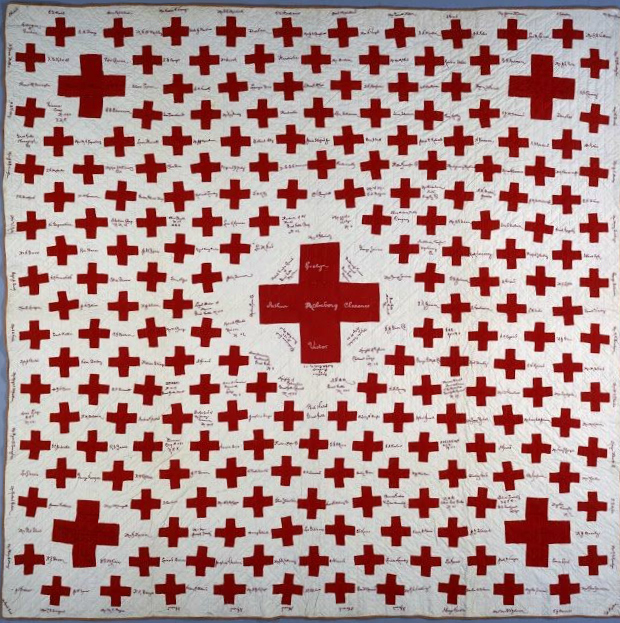
Red Cross Quilt with signatures of those who contributed to the war effort, WWI. The quilts commemorated the work of Clara Barton and the American Red Cross with wounded soldiers.
 As the Civil War ended and the United States attempted to heal its wounds, Irish immigrants poured into Five Points, New York in search of a better life. Sean and Dierdre O’Sullivan met the challenges of tenement living for a while, then lost the battle with destitution. Putting her children on an orphan train was the last desperate act of now widowed Dierdre to save their lives. Heart wrenching novel based on actual events of history surrounding the orphan train. Will Dierdre ever see her children again?
As the Civil War ended and the United States attempted to heal its wounds, Irish immigrants poured into Five Points, New York in search of a better life. Sean and Dierdre O’Sullivan met the challenges of tenement living for a while, then lost the battle with destitution. Putting her children on an orphan train was the last desperate act of now widowed Dierdre to save their lives. Heart wrenching novel based on actual events of history surrounding the orphan train. Will Dierdre ever see her children again?
Read A Mother’s Song: An Orphan Train Novel by Cleo Lampos.
Available at amazon.com in book or Kindle form.
Civil war quilt: http://civilwarquilts.blogspot.com





.jpg)

